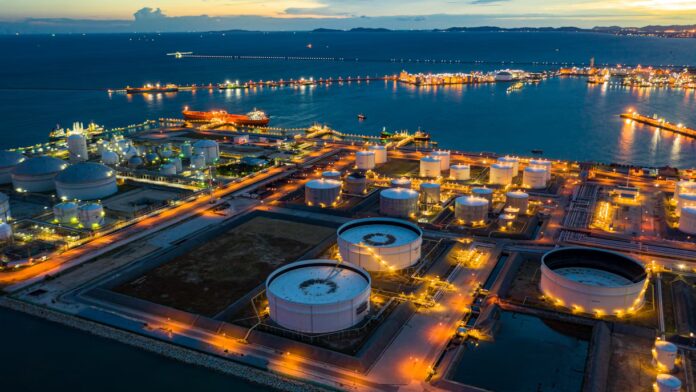Methane emissions from fossil fuels remain at stubbornly high levels, according to the IEA’s latest global tracking update, which notes that efforts to bolster data collection and monitor methane leaks are making progress.
The Global Methane Tracker 2025, out today, presents the IEA’s latest sector-wide emissions estimates, based on the most recent data from satellites and measurement campaigns, and examines different abatement options along with their associated costs.
Methane abatement is a crucial opportunity to reduce near-term global warming at a time when temperatures worldwide have set record highs for two years in a row.
“Tackling methane leaks and flaring offers a double dividend: it alleviates pressure on tight gas markets in many parts of the world, enhancing energy security – and lowers emissions at the same time,” said IEA Executive Director Fatih Birol. “However, the latest data indicates that implementation on methane has continued to fall short of ambitions.
The IEA is working to ensure that governments and industry have the tools and knowledge they need to deliver on pledges and achieve the goals they have set.”
The 2025 update of the Global Methane Tracker adds several new elements, including country-level historical emissions data; an interactive tool to explore international methane initiatives; and estimates of emissions from abandoned fossil fuel facilities.
The report also features a fully open-access model for exploring methane abatement pathways in the oil and gas industry.
The fossil fuel sector accounts for nearly one-third of global methane emissions from human activity today. According to the report, record global production of oil, gas and coal – along with limited mitigation efforts to date – have kept methane emissions from the energy sector worldwide above 120 million tonnes annually.
The IEA estimate is considerably higher than the levels implied by official reporting, but data transparency is improving. There are now more than 25 satellites in orbit that can provide vital insights. Very large leaks from oil and gas facilities detected by satellites rose to a record high in 2024.
New analysis in this year’s Tracker also found that abandoned oil and gas wells and coal mines together contributed around 8 million tonnes to global methane emissions last year. Taken together, these sources would be the world’s fourth-largest emitter of fossil fuel methane.
According to the report, around 70% of annual methane emissions from the energy sector could be avoided with existing technologies. Meanwhile, a significant share of abatement measures could pay for themselves within a year, since the gas that is captured can be resold.
The analysis finds a huge range in methane emissions intensities across different countries and companies, with the best outperforming the worst by a factor of 100. Raising awareness and spreading readily available best practices are essential to narrow this gap, it notes.
According to new analysis published in the Tracker update, current methane pledges by companies and countries cover 80% of global oil and gas production.
At the moment, however, only around 5% of global oil and gas output demonstrably meets a near-zero methane emissions standard.
The Tracker finds that addressing methane emissions and flaring would improve energy security by creating additional natural gas supply.
Methane abatement could have made around 100 billion cubic metres of natural gas available to markets in 2024, on par with Norway’s total gas exports.
A further 150 billion cubic metres of natural gas is flared globally each year, the majority of which is part of routine practices and can be avoided.
Based on today’s policies, deploying targeted methane mitigation solutions in the fossil fuel sector would prevent a roughly 0.1 °C rise in global temperatures by 2050. This is comparable to eliminating all the carbon dioxide emissions from heavy industry worldwide.
Source: IEA
Discover more from Energy News Africa
Subscribe to get the latest posts sent to your email.



